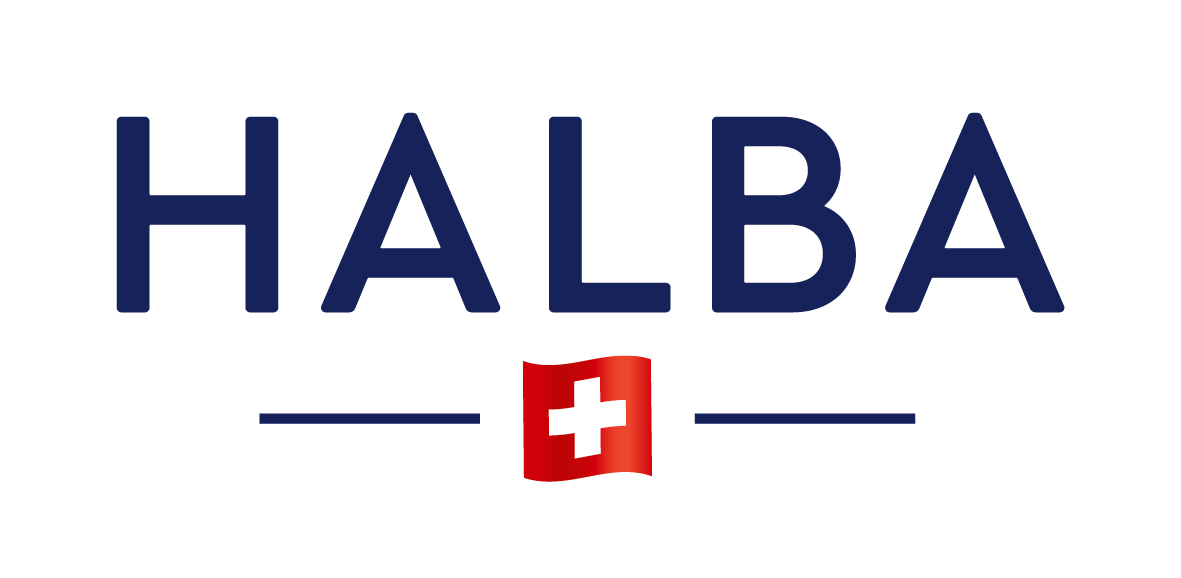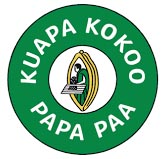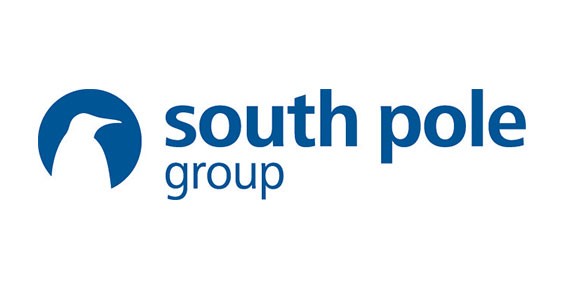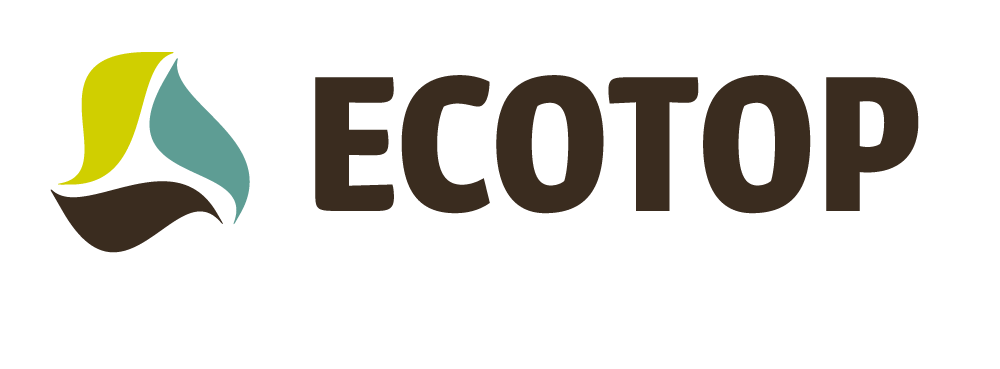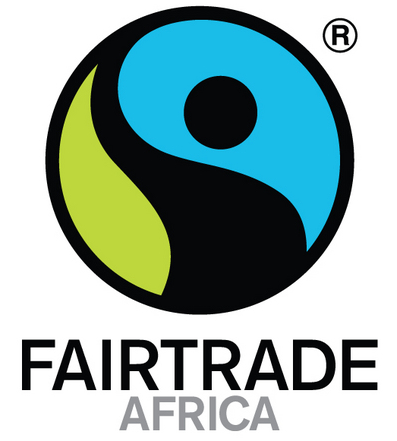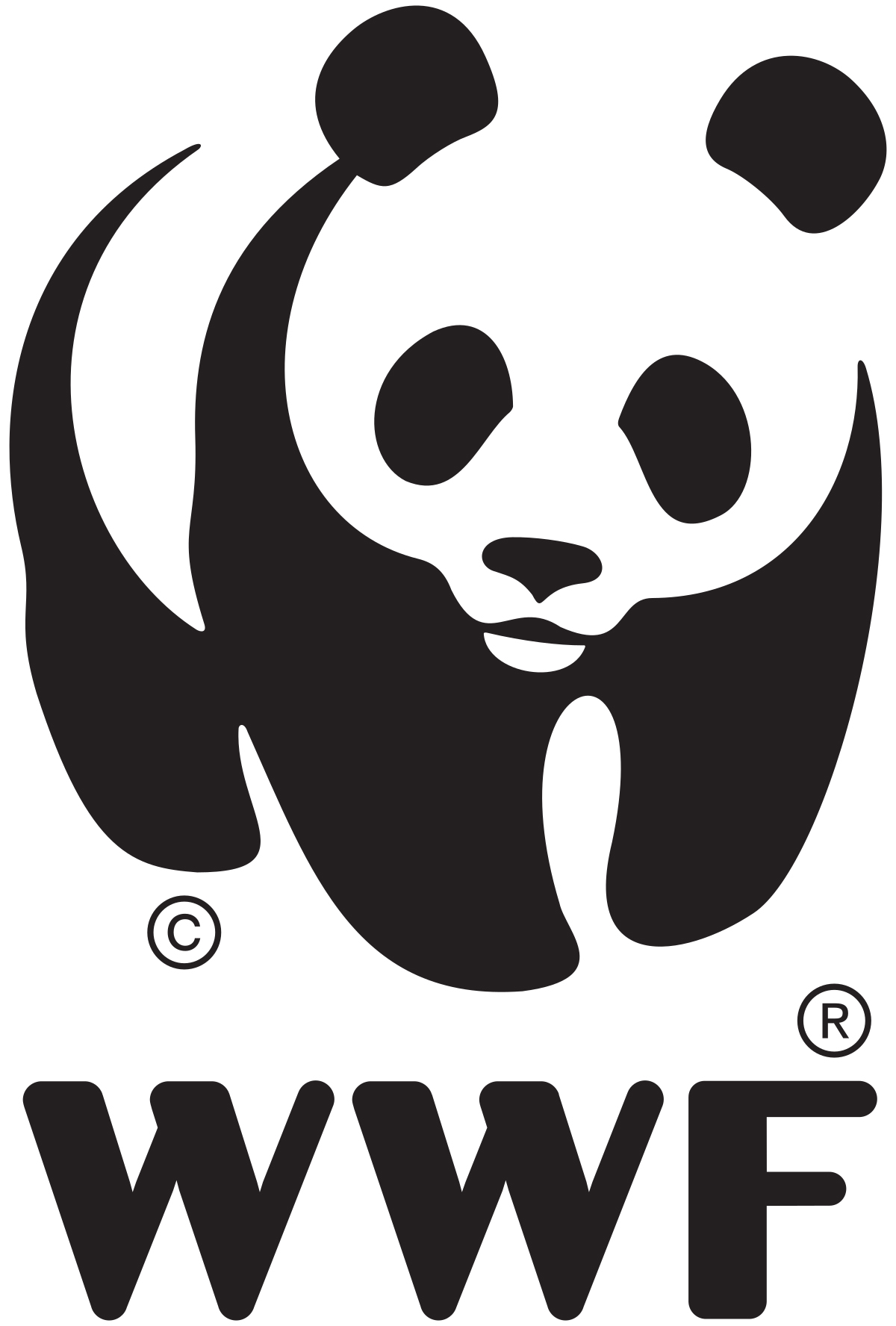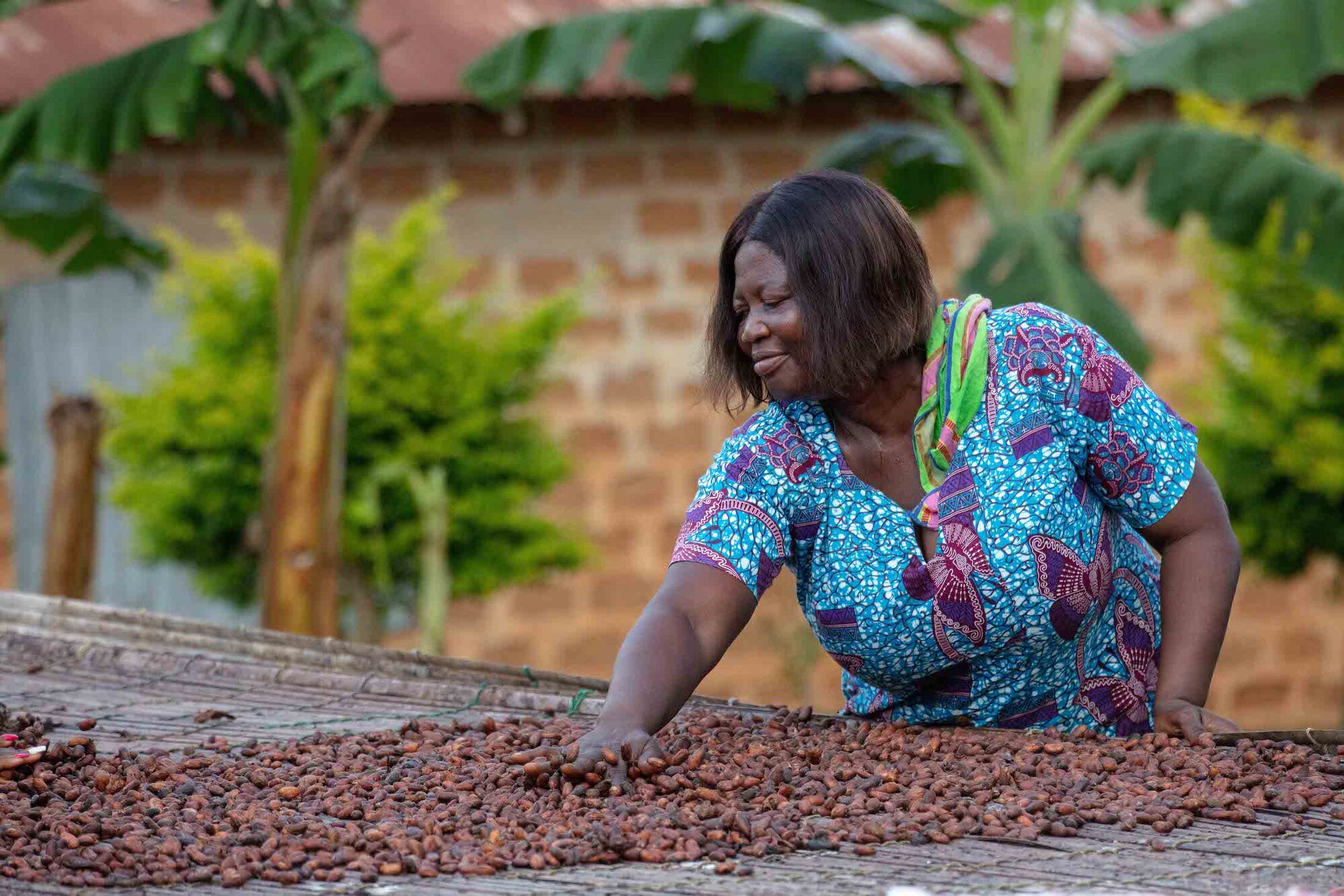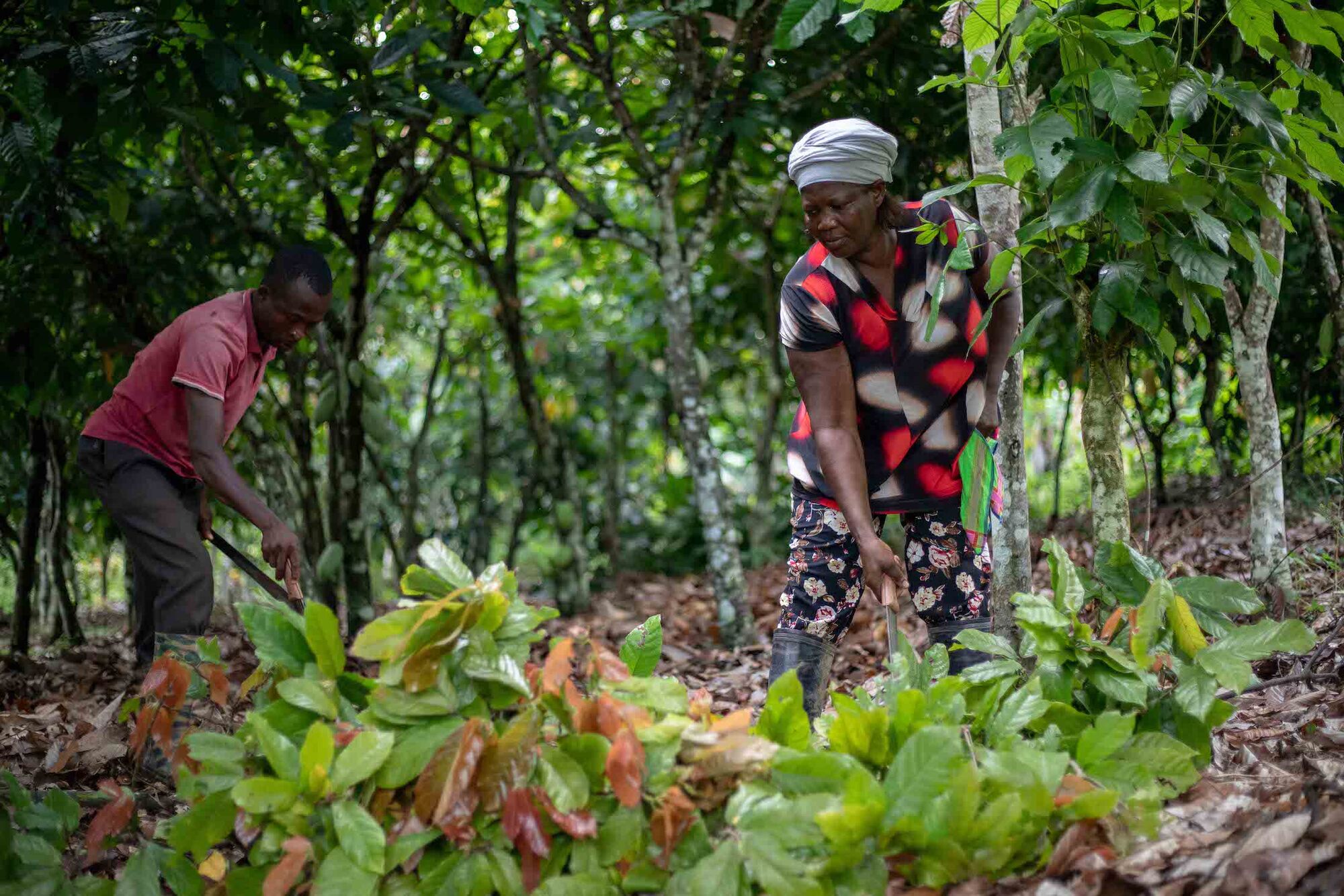Sankofa 2.0 Project
What is the main objective of the project?
The project's main objective is to enable 3500 farming households to build sustainable livelihoods by applying agroforestry production methods on over 1100 hectares of land.
The Sankofa 2.0 so-called “landscape” project builds on a previous project cycle. It will start activities in three municipal districts and help farmers of a cooperative implement so-called dynamic and food Agroforestry systems. These farming approaches are considered best practices.
With a wide range of project partners and stakeholders reaching far beyond this landscape project, the project will create the conditions for cocoa grown in dynamic agroforestry systems to be grown on a large scale in Ghana. This will improve farmers' incomes and help mitigate climate change.
How will the project contribute to sustainable cocoa production?
Concerning living income, Sankofa 2.0 boosts farmers' incomes via fair trade strategies, tackling poverty (Sustainable Development Goal, SDG 1) and hunger (SDG 2), and contributing to economic growth (SDG 8). In particular, the project addresses the key components of sustainable farm yields.
Sankofa 2.0 also promotes climate-friendly cocoa production practices. Dynamic Agroforestry Systems combat climate change (SDG 13) via biomass accumulation, tree planting (carbon sequestration), and the reduction of chemical inputs (carbon reduction).
Furthermore, the project strengthens the farmers' cooperative management systems in alignment with the Ghana Child Labour Monitoring System and in line with fairtrade standards (SDG 8)
Which activities will be undertaken in the course of the project?
During the project, plots based on Dynamic Agroforestry and Food Agroforestry Systems will be implemented at the landscape level. This will help sequester 75'000 tons of CO2 through timber tree plantation. The project involves collaboration with local authorities and farmer unions. The creation of a multi-stakeholder platform helps to engage the community. Efforts are also being made in digitalisation in terms of infrastructure and services. Concerning the issue of living income, the farmers are paid fair trade living income differentials.
How are local organisations involved in the planning, implementation, and decision-making of the project?
Local organisations and authorities are strongly involved in the project design and steering. A so-called multi-stakeholder platform will be established. This will facilitate inclusive decision-making and interaction among local organisations, authorities, and project stakeholders.
Also, collaboration with COCOBOD (Ghana Cocoa Board), CRIG (Cocoa Research Institute of Ghana), and CHED (Cocoa Health and Extension Division) is strong, with dynamic agroforestry demo plots established at CRIG for comparison with common practices. Interest from stakeholders and plans for scaling are evident. Furthermore, a memorandum of understanding is being developed, exploring the integration of dynamic agroforestry into the national cocoa rehabilitation program.
What are the expected outcomes of the project?
First, the project’s expected outcomes are the strengthening of the dynamic agroforestry approach.
Second, the enhancement of the ecosystem’s resilience and biodiversity as well as the capturing of 75000 tons of CO2.
The project will thirdly empower farmers' livelihoods via better yields, fair trade, and income diversification.
Fourthly, the project is engaged with local authorities and collaborates with them. This allows alignment with national aims and the sustainability of the project.
Fifthly, the planned establishment of a DAF Center of Excellence will offer sustainable farming training. Finally, youth are trained for agroforestry engagement. A mentorship with extension officers supports youth. All of these activities will have a long-term impact.
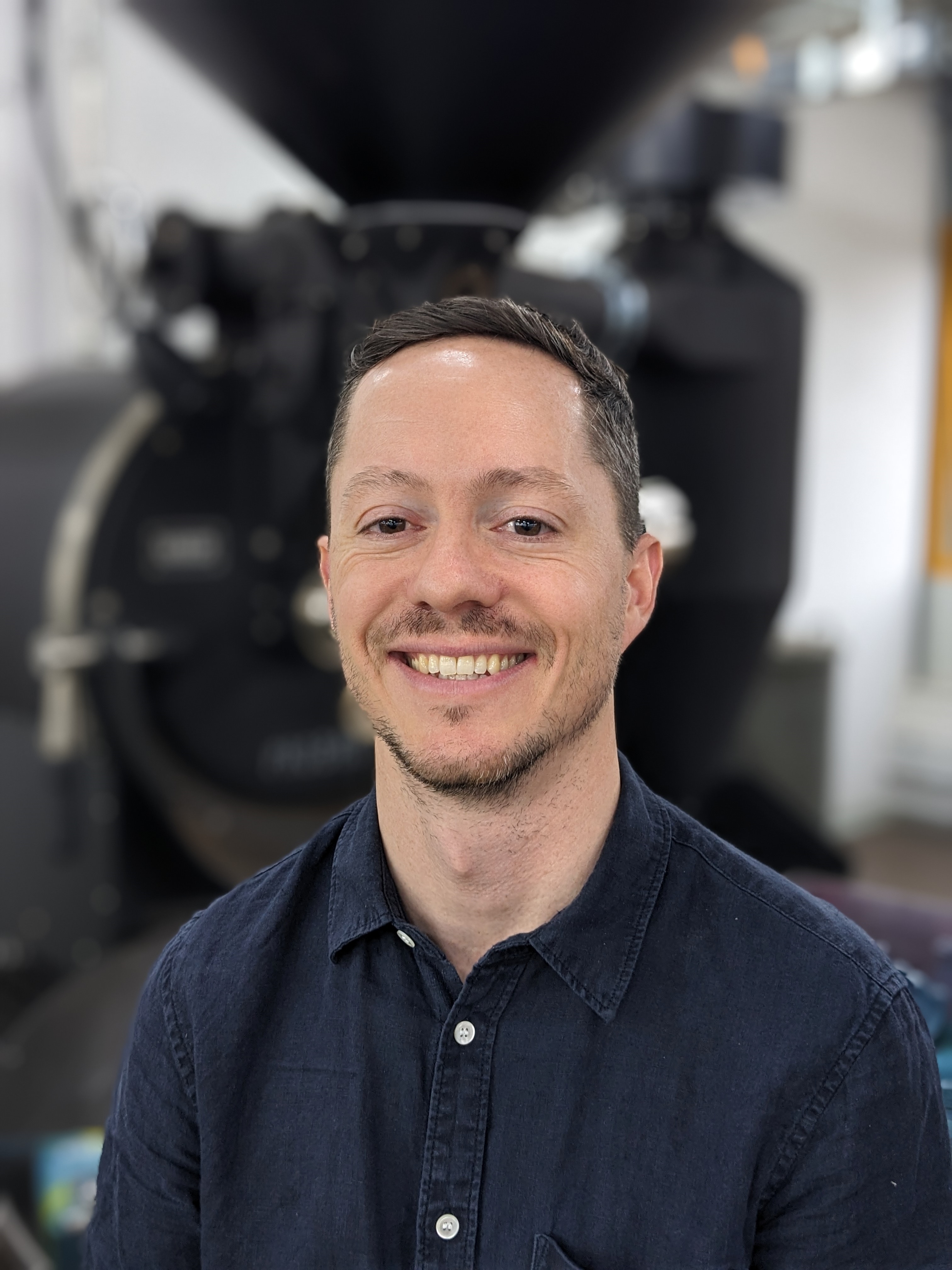
"Dynamic agroforestry enhances biodiversity, improves soil quality, and mitigates climate change."
How does the project ensure a lasting impact beyond the project's duration?
The project's long-term impact is ensured by strong participation and support from government institutions such as COCOBOD (Ghana Cocoa Board), CRIG (Cocoa Research Institute of Ghana) and CHED (Cocoa Health and Extension Division). This will increase the credibility and scalability of the dynamic agroforestry approach in Ghana.
Knowledge transfer of regenerative agricultural practices is ensured with the DAF Center of Excellence. It will serve as a knowledge hub for training and research on dynamic agroforestry. A local farmer’s cooperative will operate the training centre with support from other stakeholders. The replication and scaling of the project are also ensured with the documentation of the project design, processes, and results.
This project builds on a previous project cycle. What lessons has HALBA learned from it?
Firstly, local ownership of the project is key to success. The primary beneficiary – the local farmers' cooperative – displays strong ownership of the project and actively engages in project leadership. The alignment of project objectives with those of the local farmer's cooperative is evident. Its commitment to sustainable cocoa production and transitioning to organic methods resonates with the Sankofa Project's vision. Efforts are made to harmonise partner activities with project initiatives. For instance, HALBA's Fairtrade Living Income Differential payment to the Sankofa Project serves as a motivating example of alignment.
Secondly, the endorsement of national authorities remains a key factor for achieving scalability. The Sankofa project seamlessly aligns with government and local community objectives. It complements the goals of governmental entities, which prioritise sustainable cocoa production. Notably, the establishment of dynamic agroforestry plots at the National Cocoa Research Institute CRIG introduces new dynamics, raising expectations for broader endorsement and wider implementation.
Organisations involved
